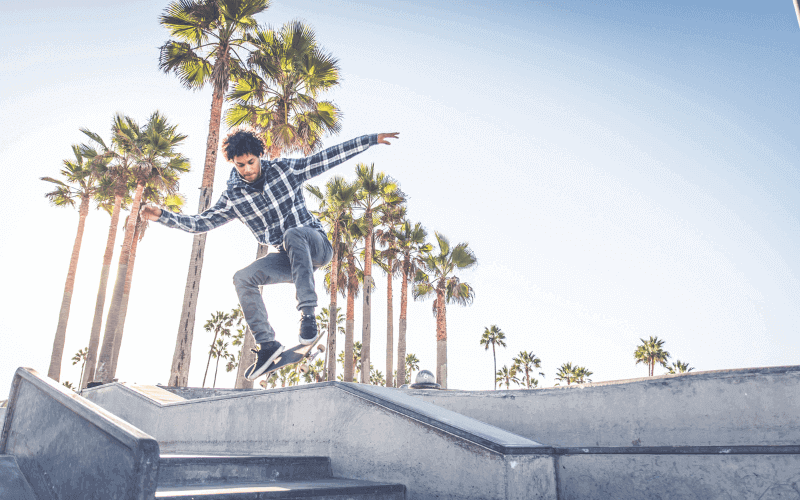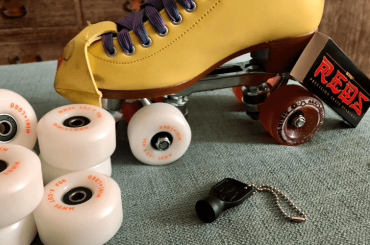There are skateboarding rules and there are skateboarding laws. Both are important, but for different reasons. As a skater, you need to know the skateboarding rules so that you can stay safe and enjoy your skating experience.
As for the skateboarding laws, it’s important to be aware of them so you don’t get in trouble with the law.
Here’s a look at both types of rules and laws, what they mean for skaters, and how to follow them.
skateboarding laws in United States
In the United States, skateboarding laws vary from state to state. In some states, like California, skateboarding is considered a sport and there are specific laws that govern skate parks and skating events.
Other states, like Florida, consider skateboarding to be a form of transportation and have laws that focus on safety issues like wearing a helmet.
It’s important to know the skateboarding laws in your state or province so that you can stay safe and avoid getting into trouble.
You can find out more about the skateboarding laws in your area by contacting your local skate park or talking to other skaters.
Are there any areas where skateboarding is not allowed?
In general, skateboarding is not allowed in areas where it would be unsafe or disruptive. This includes places like parking lots, driveways, and sidewalks. Skateboarding is also not allowed in most indoor spaces like stores and offices.
If you’re not sure whether skateboarding is allowed in an area, it’s always best to ask before you start skating.
What are the consequences of breaking the skateboarding laws?
Consequences for breaking the skateboarding laws vary depending on the law and the area where it was broken. In some cases, you may just get a warning from a police officer or security guard.
In other cases, you may be fined or arrested. The best way to avoid getting into trouble is to follow the skateboarding rules and laws.
What are skateboarding rules?
The skateboarding rules are a set of guidelines that all skaters should follow to stay safe and have fun while skating.
Some of the main skateboarding rules include:
- Wear proper safety gear, including a helmet, elbow pads, and knee pads.
- Obey all traffic laws: This means skating in the same direction as traffic and yielding to pedestrians.
- Don’t skate in prohibited areas: This includes places like parking lots, driveways, and sidewalks.
- Respect private property: This means not skating on someone’s lawn or going into a store without permission.
- Be considerate of others: This means not doing tricks that could harm another person or property.
By following the skateboarding rules, you can stay safe and avoid getting into trouble. Remember, skateboarding is a privilege not a right so always be respectful of others and obey the law.
How can skaters work with lawmakers to create better and more skate-friendly laws?
Skaters can work with lawmakers to create better, more skate-friendly laws by educating them about skating and its benefits. Skaters can also get involved in local skateboarding organizations and events.
By working together, skaters and lawmakers can make sure that skateboarding is safe and enjoyable for everyone.
Can you skateboard on the sidewalk?
The answer to this question depends on the skateboarding laws in your state or province. In some states, like California, skating on the sidewalk is allowed as long as you stay out of the way of pedestrians.
In other states like Florida, skating on the sidewalk is not allowed. It’s important to know the skateboarding laws in your area so that you can skate safely and avoid getting into trouble.
Is it illegal to skateboard in a parking lot?
In some states like California, skating in a parking lot is allowed as long as you stay out of the way of cars.
In other states like Florida, skating in a parking lot is not allowed. It’s important to know the skateboarding laws in your area so that you can skate safely and avoid getting into trouble.
Wrap Up
Skateboarding is a great way to exercise and have fun but it’s important to follow the rules and laws to stay safe. Skaters can work with lawmakers to create better, more skate-friendly laws by educating them about skating and its benefits.
By following the skateboarding rules and being considerate of others, skaters can enjoy a safe and fun skating experience.





